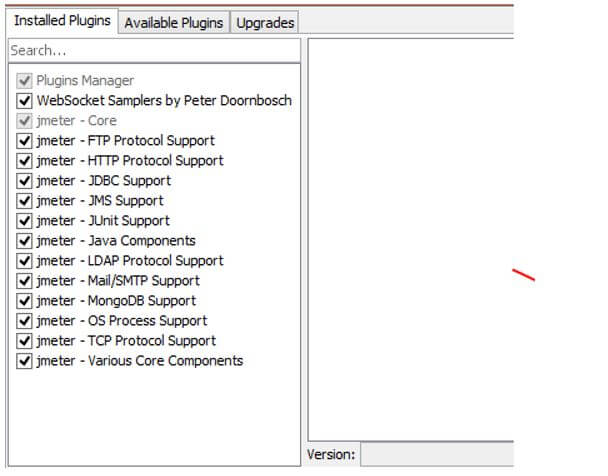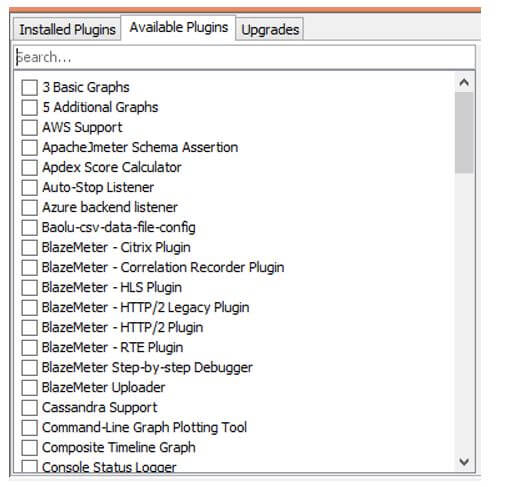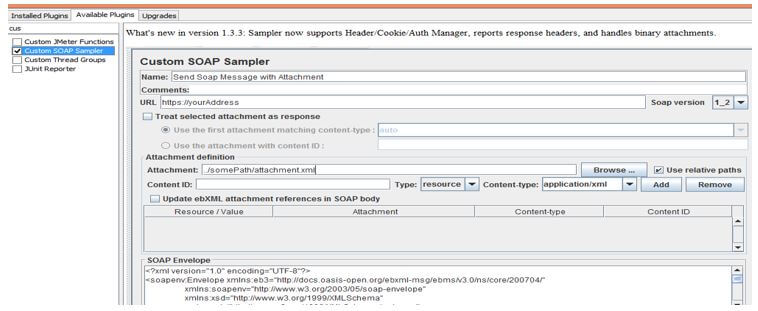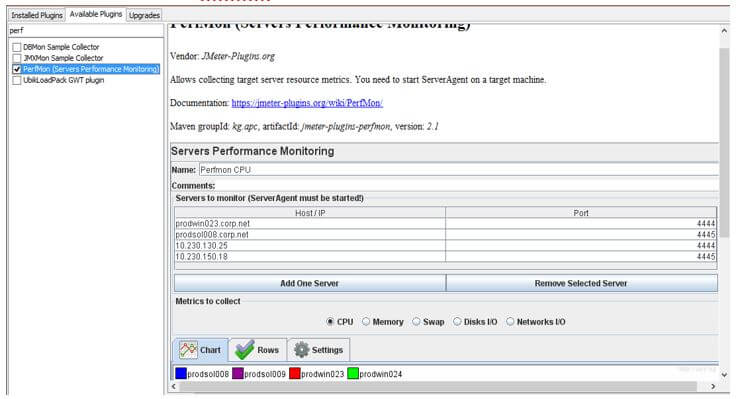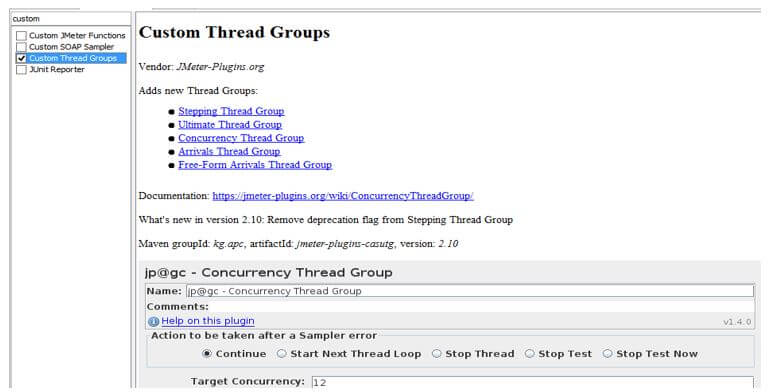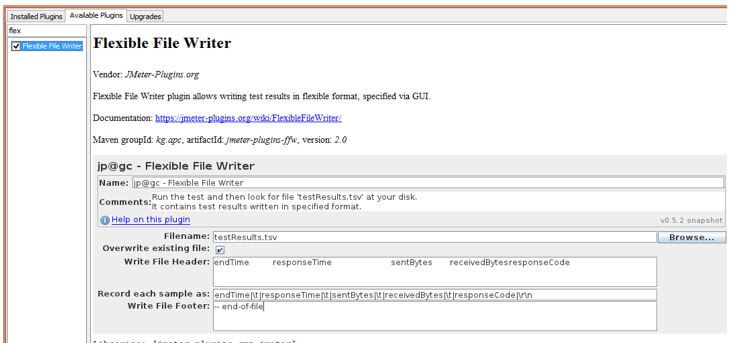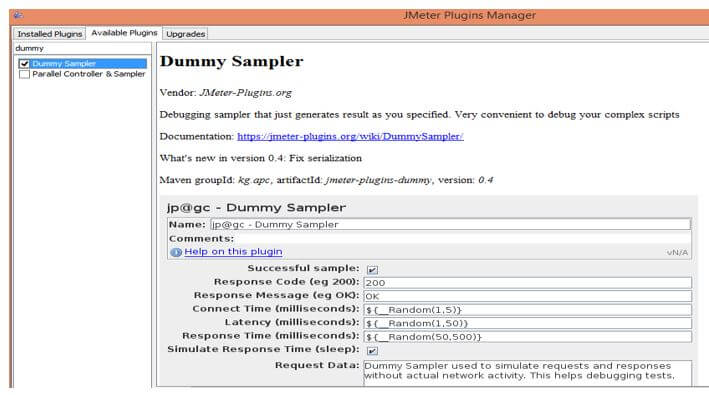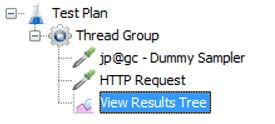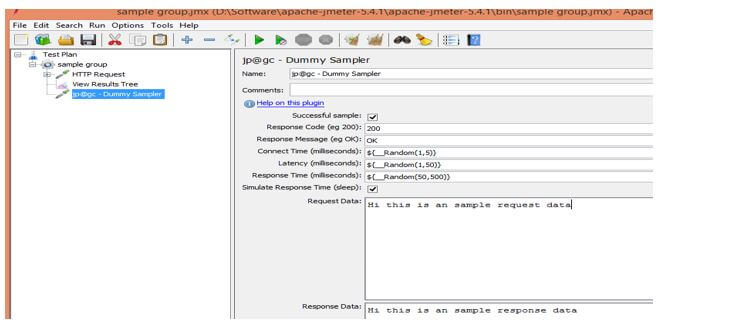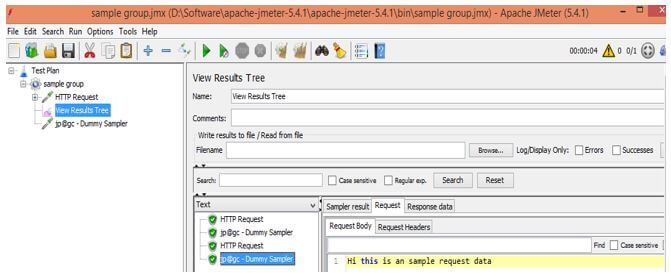Updated July 6, 2023
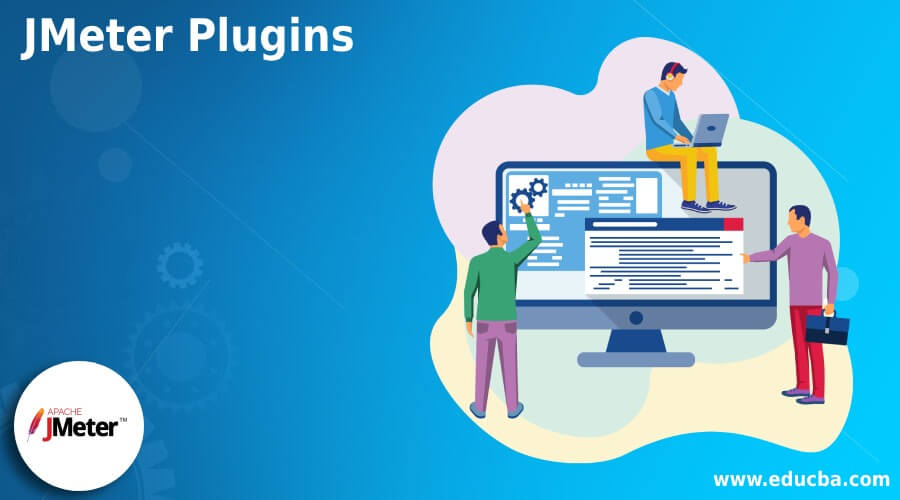
Introduction to JMeter Plugins
Jmeter is an open source, a free tool used to conduct performance testing; the plugins are nothing but functionality, or we can say that it is used to extend the features of Jmeter. We know that Jmeter is one of the famous tools used to perform load testing, functional testing, and stress testing, so with the help of plugins, we can make it a more powerful tool to conduct loading testing. We have multiple plugins in the market that help us to increase the functionality of Jmeter for users. Another advantage of JMeter is that we can test dynamic and static applications.
What are JMeter Plugins?
- The Apache JMeter is a Java-based application. The application gives an easy-to-understand interface, reenactment, testing procedures, and other testing highlights.
- At first, JMeter was created to test web applications; however, it has now extended to a few other test capabilities like utilitarian testing, data set server testing, etc. Users utilize the product to stack test web servers, web applications, and sites to recreate genuine client behavior and testing conditions.
- Users characterize it as programming functionalities utilized in JMeter to extend features and add additional capabilities. With the help of JMeter, we can perform load testing, which is widely used.
- Users can utilize numerous plugins available in the market to enhance the usefulness of JMeter.
JMeter Plugins gives a more basic method for introducing and keeping up with the working of JMeter for its clients. In JMeter, plugins have various purposes, from diagram apparatuses and audiences to engineering devices. The Plugins Manager introduces, redesigns, and uninstalls plugins for clients, making the module establishment process smoother and more helpful.
Installation of JMeter Plugins
Let’s see how we can install plugins in JMeter as follows:
First, we need to install the Plugins Manager, which helps us automatically install different plugins, or we can say that without a manual task.
So follow the below steps to install the Plugins Manager as follows:
1. First, we need to visit the official website of JMeter and check the plugin manager.
2. After that, we need to download the JAR file of Plugins Manager.
3. In the next step, we need to copy that file inside JMeter’s lib/ext directory, as shown in the screenshot below.
In the next step, we need to open the JMeter, click the Options tab, and select Plugins Manager, as shown in the screenshot below.
In the above screenshot, we can see three different Installed Plugins are used to show all already installed Plugins; the second tab, Available Plugins, shows all available plugins for installation, as shown below.
In the third, we can see Upgrade plugins, which means if we want to upgrade the version of installed plugins, then we can use this tab as shown in the below screenshot.
Here we need to search the Plugins for Upgrade.
Top 5 JMeter Plugins
Given below are the top 5 JMeter plugins with examples:
1. Custom SOAP Sampler
This is one of the top JMeter plugins; with the help of this plugin, we can work with more than one attachment. Using these plugins, we can send the SOAP request to the web service and add and delete it from the code as per our requirement, as shown in the screenshot below.
2. PerfMon
This is second to most plugins of JMeter. Using these plugins, we can monitor the server’s performance that CPU usage, I/O Disk, Network, Memory, etc. In the below screenshot, we can see PerfMon Plugins details as follows.
3. Custom Thread Groups
This is another top plugin of JMeter; using these plugins, we can add different thread groups per our requirements, as shown in the screenshot below.
4. Flexible File Writer
If we want to make some changes in JMeter GUI, we can add the Flexible file writer plugins to boost the functionality of JMeter for their users. The audience composes test results into an adaptable record design indicated using JMeter GUI. The flexible file writer is shown in the below screenshot.
5. Dummy Sampler
We can use these plugins to create a dumpy request and response. People copy the solicitations and reactions without running them for various purposes. This module makes it exceptionally helpful to troubleshoot post-processors and extractors. The dummy sampler is shown below screenshot.
Let’s see the example of the dummy sampler as follows:
We know that we can easily execute complex scripts with the help of dummy sampler plugins, which means we generate results.
So we need to follow several steps as follows:
a. First, we must add the thread group to our test plan.
b. After that, we need to add an HTTP Request sample, and here we need to fill in all the required details.
c. In the next step, we must add the listener per our requirement to see the result.
d. In the last step, we must add the dummy sampler with request and response data, as shown in the screenshot below.
We need to specify the required details inside the dumpy sampler, as shown in the screenshot below.
The above screenshot shows the request and response data fields, so here is the sample data. After that, we can see the detailed result of the dummy sampler inside the view result tree, as shown in the below screenshot.
Similarly, we can check response data as shown in the below screenshot.
Conclusion
In this article, we saw the different types of JMeter Plugins and the uses and features of these JMeter plugins. Another point from the article is how to install and set up the Plugins in JMeter.
Recommended Articles
We hope that this EDUCBA information on “JMeter Plugins” was beneficial to you. You can view EDUCBA’s recommended articles for more information.

